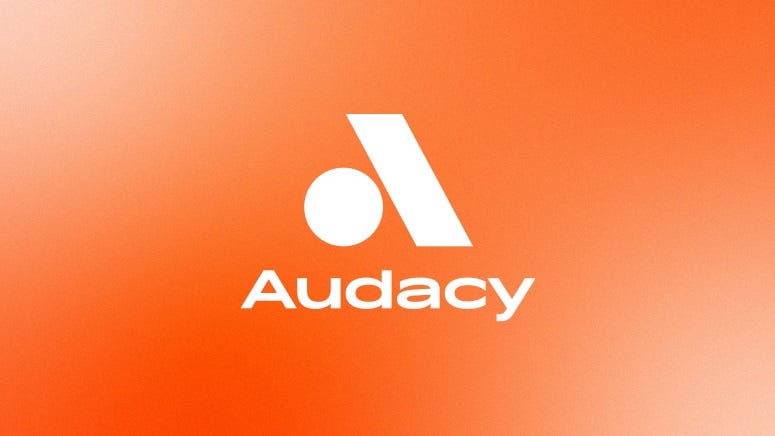
With the new machines, after you check in, you receive a paper ballot, a Sharpie, and a manila folder. Voters are then directed to one of six privacy screens to fill in the bubbles like a standardized test. Ballots are placed in the folder, if you’re concerned about privacy, and then it's taken to a scanner and fed in.
For the most part, voters like Ralph Corvacchioli from Collegeville give it the OK.
"There’s a few extra steps in this particular procedure, but it’s not anything overwhelming," he said. "I’m sure everyone will adjust."
Compared to the old push-button machines, Donna Harter from Collegeville said she felt more confident that she voted for who and what she wanted to vote for.
"When you get in there and you’re pressing the buttons, it’s kind of like you’re afraid to press that last button," she admitted, "but because I could see what I was doing, I knew I didn’t make a mistake."
"It was hard to see," he said. "It was a lot more time-consuming to fill them out one by one by one. It’s definitely going to slow down the process. So when we get to the presidential, it’s going to be really long."
Pennsylvania is requiring all counties to switch to a paper ballot system by next year’s primary, after security concerns were raised in the 2016 presidential election.

